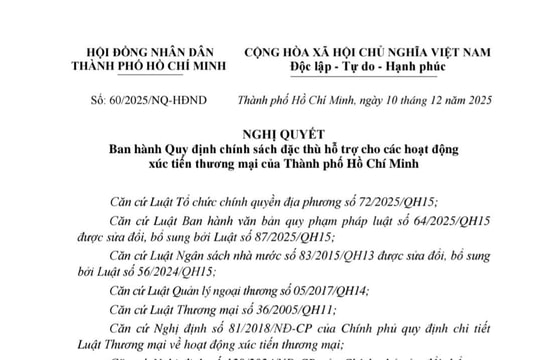Origin and journey of Coffee to Vietnam
This plant has an interesting and unexpected origin story linked to goat herders in Ethiopia. In the 19th century, a young goat herder in the Kaffa region discovered a plant with white flowers and red fruits. When the goats ate them, they became lively and energetic. Curious, the boy tasted the fruits and felt alert, leading him to report this discovery to the supervisor at a nearby monastery. However, the monk, fearing that the fruit might be the forbidden fruit of evil, threw it into the fire. Surprisingly, as the red fruit burned, it emitted a pleasant aroma, lifting spirits. It was then that the monk and his companions believed it to be a gift from the Almighty. They roasted and ground the coffee beans, brewing them with water for consumption. Because Kaffa was the first place to discover this plant, it was named coffee (caffe).

In 1857, coffee was introduced to Vietnam by French missionaries. The first coffee varieties were planted in northern provinces such as Ninh Binh, Thanh Hoa, Nghe An, and Ha Tinh, then expanded to central provinces like Quang Binh. When coffee was brought to the southern provinces of the Central Highlands and the Mekong Delta, it was discovered that the red soil was the most suitable for coffee cultivation.
Cultivation and Export of Coffee in Vietnam
In the early 20th century, plantations in Vietnam cultivated three types of coffee: Arabica with the Typica variety, Canephora with the Robusta variety, and Liberica with the Excelsa variety. However, in the 1960s-1970s, coffee development did not look promising, and it was even concluded that coffee couldn't be grown in the northern regions.
In 1986, after economic reforms, the Vietnamese government focused resources on the coffee sector to transform it into a crucial agricultural industry. By 1990, after more than a century, Vietnam became a leading coffee producer in Southeast Asia, second only to Brazil in global green coffee production and export. Robusta coffee accounted for approximately 92%, while Arabica reached only 5% of the total national production.
In 2023, according to estimates from the Ministry of Agriculture and Rural Development, coffee exports reached around 1.72 million tons, generating 4.2 billion USD. This marked a new record in export value, increasing by 200 million USD compared to the previous year.
Numerous Challenges in Coffee Export
Coffee is one of Vietnam's top 10 key export products, shipped to 80 countries and territories. Despite its advantages, the Vietnamese coffee industry faces many difficulties in the export market.
While the export volume is high, the quality of Vietnamese coffee has not been fully recognized, and the value of coffee beans in Vietnam is not high. The majority of coffee exports are in raw form, with only 12% processed. Therefore, encouraging businesses to build brands for product development, establishing image promotion strategies, and investing in communication and training are essential and require attention.

Many domestic coffee businesses have changed their production methods, exemplified by collaborations between processing companies and farmers. Out of the approximately 600,000 hectares of coffee in the Central Highlands, around 50% is cultivated following VietGAP and organic standards to ensure the quality of exported coffee beans.
Alongside these efforts is intense competition with other coffee-exporting countries, especially Brazil, which is experiencing significant annual increases in both area and production. The recent situation of coffee cultivation in Vietnam has seen shifts as well, with people turning to intercropping with fruit trees such as mangoes and durians due to the decrease in coffee prices. Aging coffee trees result in low productivity and poor quality, making it imperative to replant old coffee orchards with high-quality, high-yield coffee varieties.
Recently, the regulations of the European Union (EU) stipulated that many products, including coffee, cocoa, wood, and rubber, originating from regions with damaged forests would not be exported to the EU market. The European market accounts for about 45% of the total export volume of under 1.6 – 1.7 million tons of coffee annually. Although coffee cultivation areas in the Central Highlands are legal and not associated with deforestation or forest degradation, proving the origin according to regulations is not easy. Nevertheless, this is also a signal for businesses to affirm the origin and value of Vietnamese coffee in these demanding markets.




.png)
.png)
.png)


.png)
.png)






.png)

